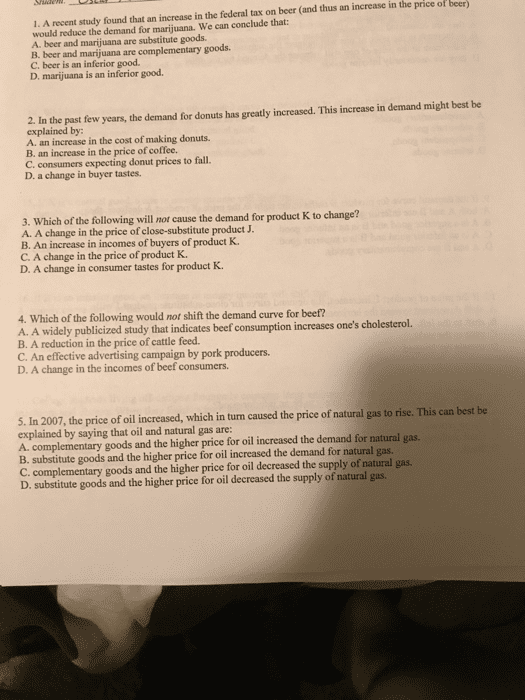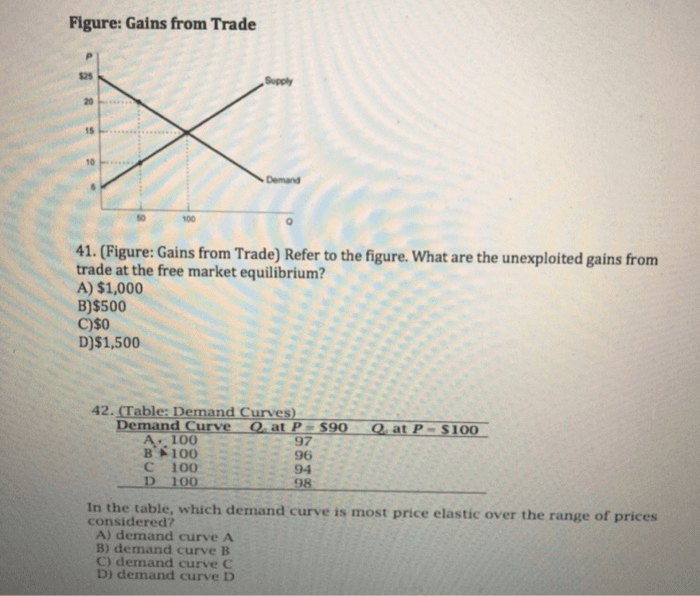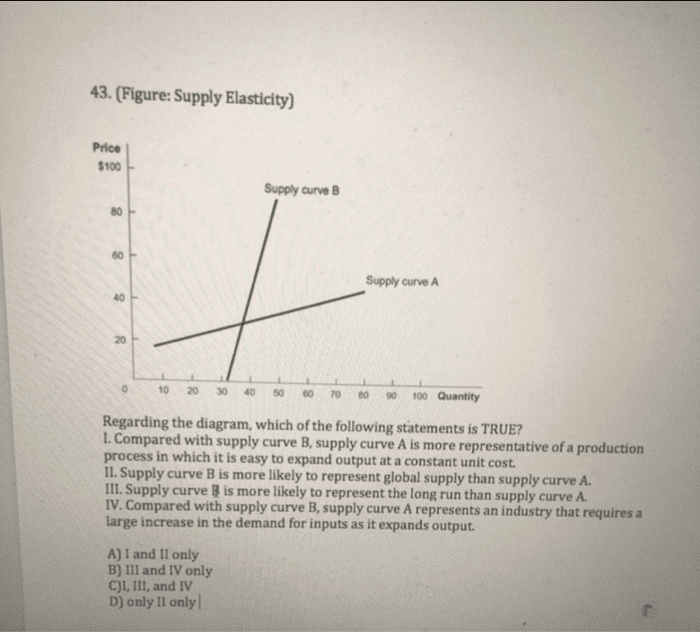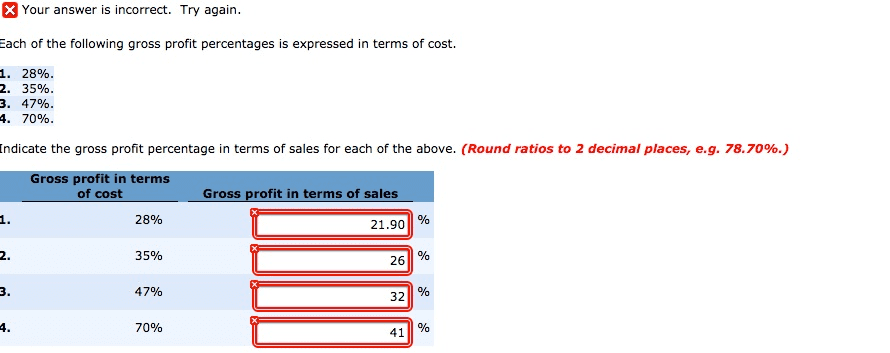courset
9 Followers
0 Following
2 Helped
coursetLv10
8 Oct 2022
Answer: surface area
coursetLv10
25 Sep 2022
Answer: A. 1.77
coursetLv10
25 Sep 2022
Answer: Inferior good
coursetLv10
25 Sep 2022
Answer:B) $10.
coursetLv10
25 Sep 2022
Answer:D) increases by $5; $54
coursetLv10
25 Sep 2022
Answer: A) $5.
coursetLv10
25 Sep 2022
Answer:c) supply curve for grapes to shift to the left, resulting in a lower e...
coursetLv10
25 Sep 2022
Answer:d. supply curve for grapes to shift to the left, resulting in a higher ...
coursetLv10
25 Sep 2022
Answer: D) shift supply right
coursetLv10
25 Sep 2022
Answer:Decrease the supply of beef, raising the equilibrium price and quantity...
coursetLv10
25 Sep 2022
Answer:a leftward shift of the demand curve
coursetLv10
25 Sep 2022
Answer:D. Increase the price elasticity of coffee demand
coursetLv10
25 Sep 2022
Answer:d. a decrease in the demand for beef.
coursetLv10
25 Sep 2022
Answer: A
coursetLv10
25 Sep 2022
Answer: B
coursetLv10
25 Sep 2022
Answer:E) both A and D. P her D or
coursetLv10
25 Sep 2022
Answer: B
coursetLv10
25 Sep 2022
Answer: A
coursetLv10
25 Sep 2022
Answer: D
coursetLv10
25 Sep 2022
Answer: A
coursetLv10
25 Sep 2022
Answer: A. the substitution effect
coursetLv10
25 Sep 2022
Answer: C- beer is an inferior good
coursetLv10
25 Sep 2022
Answer: B
coursetLv10
25 Sep 2022
Answer: c. the supply of coffee will decrease (supply will shift to the left) ...
coursetLv10
25 Sep 2022
Answer: C
coursetLv10
25 Sep 2022
Answer: B
coursetLv10
25 Sep 2022
Answer: C
coursetLv10
25 Sep 2022
Answer: 1 and 11 only
coursetLv10
25 Sep 2022
Answer: D
coursetLv10
25 Sep 2022
Answer: D
coursetLv10
25 Sep 2022
Answer: C
coursetLv10
25 Sep 2022
Answer: 13
coursetLv10
25 Sep 2022
Answer: 0.2
coursetLv10
25 Sep 2022
Answer: 38% %
coursetLv10
25 Sep 2022
Answer: 4. 77.50
coursetLv10
25 Sep 2022
Answer: 70%
coursetLv10
25 Sep 2022
Answer: C
coursetLv10
25 Sep 2022
Answer: an increase in the interest rate paid on reserves
coursetLv10
25 Sep 2022
Answer: C
coursetLv10
25 Sep 2022
Answer: c. an increase in the interest rate paid on reserves



